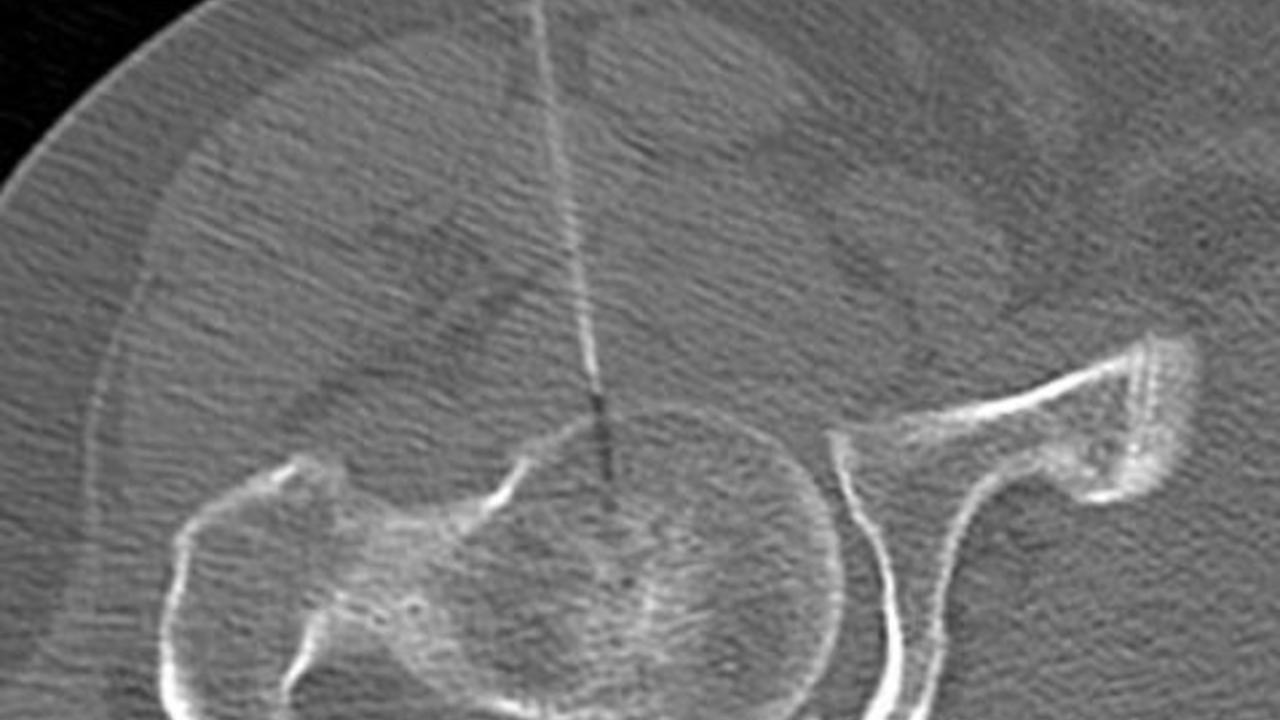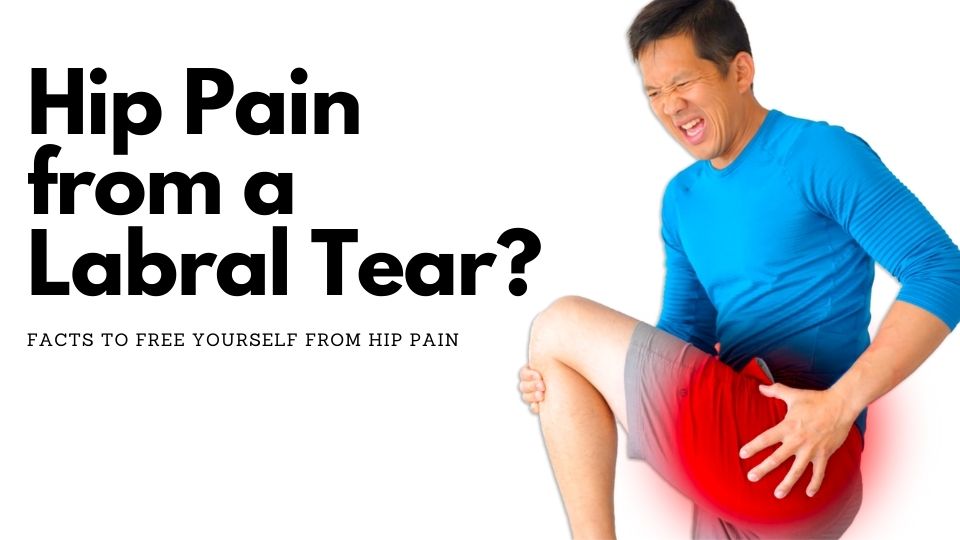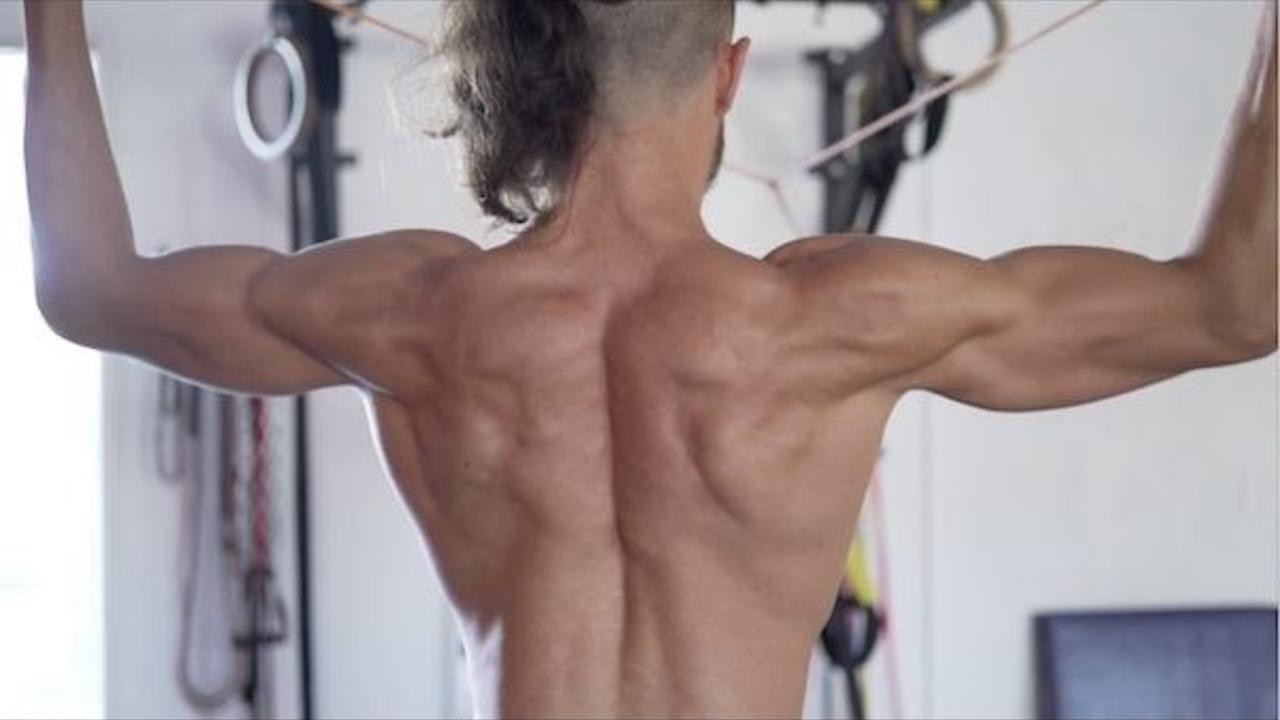Special tests for FAI - the truth about FADIR and FABER and other hip impingement tests

If you have hip pain, and you've been told you have femoroacetabular impingement (FAI), you may have had a series of movement tests (called "special tests" in medical jargon) done to confirm your diagnosis.
If you have hip pain and are wondering if there are good tests for femoroacetabular impingement that will tell you if you have FAI, you may found a number of common tests that are believed to be reliable.
In either case, this article is going to cover something medical literature on FAI overlooks: the tests for hip pain causes are wildly unreliable.
What are special tests for femoroacetabular impingement?
A special test for FAI is simply a movement that doctors believe demonstrates that hip bone shape is responsible for your...
Diagnostic injections and femoroacetabular impingement

If you suspect you have hip pain from femoroacetabular impingement, you may be considering a hip injection.
I've been doing a lot of research on FAI as part of my duties as one of the co-creators of the FAI Fix. In a recent YouTube comment, an orthopedic physician angrily pointed out that hip joint injections supposedly identify whether hip pain is caused by problems IN the hip joint, like FAI.
I found his comment interesting, so I did more research on hip injections for FAI. I am going to share some of the results of this research here.
Hip injections for FAI - is the pain caused by what's in the joint?
I started going through the available medical literature on femoroacetabular impingement...
Can you trust an MRI for back pain?
 Back pain is one of the most common complaints in the modern world. It’s irritating. It’s debilitating. I know from personal experience. But with hindsight, I am grateful I never got an MRI for back pain.
Back pain is one of the most common complaints in the modern world. It’s irritating. It’s debilitating. I know from personal experience. But with hindsight, I am grateful I never got an MRI for back pain.
In this article, I’ll explain why an MRI for back pain may not be worth your time, money, or energy.
It’s not just doctors who see lots of back pain
We’re in a unique position as personal trainers because a lot of our clients get an MRI for back pain (as well as x-rays) before coming to see us for their training (and after rest and perfunctory physical therapy doesn’t do much to help).
We have seen a ton of clients with back pain get better with smart training and gradual relearning of better...
Can miserable malalignment be fixed quickly?
If you've never heard of the medical diagnosis "miserable malalignment" it's because it hasn't been discussed much until recently. The first time I heard about it was from a client. She was a physical therapist who had been diagnosed with the condition.
 The right leg (left in the picture) has relatively internally rotated femur and externally rotated tibia.
The right leg (left in the picture) has relatively internally rotated femur and externally rotated tibia.Why is it en vogue now? Because a growing number of surgeons are starting to talk about the surgery as a surefire cure for knee, leg, and hip pain.
But as we've seen with spine, hip, knee, and shoulder surgeries, the medical industry has a long history of overselling the benefits of new orthopedic surgeries.
So in this article, we're going to take a closer non-medical look...
How do you fix a leg length discrepancy?

In this article we're going to talk about what to do in case you have a leg length discrepancy. You may have been told by a chiropractor or a massage therapist that one of your legs is longer than the other. Maybe you've noticed one leg seems to reach out further than the other when you walk and so you suspect a difference.
What should you do about it? How do you think about a leg length discrepancy in a way that will help you make as much progress with your body on your own?
Why you might care about leg length
If your legs are of different lengths, you'll be literally off-kilter. When standing, one half of your pelvis will sit higher than the other and will likely be tilted anteriorly or posteriorly...
Hip injections and joint pathology - 90% reliable for finding the cause of hip pain?

Why am I talking about hip injections?
In a previous post, I shared an orthopedic physician's objections to what we've been talking about with FAI, and in a follow up I talked about hip injections and their reliability and usefulness (spoiler: they don't seem reliable or particularly useful). In case you missed the original YouTube comment from the orthopedic physician, here's a relevant snippet:
Since your [sic] so knowledgeable of the hip joint anatomy I hope you would agree that using a [sic] anesthetic agent and steroid agent to inject into the hip joint would sufficiently rule in or rule out the diagnosis of labral pathology or intra-articular pathology. Guess what? We do it all the time. How could it be...
Shoulder pain and X-rays – do shoulder x-rays mean anything?
The most common myth about shoulder X-rays for shoulder pain
The vast majority of people believe that shoulder X-rays are a good way to determine what's causing shoulder pain.

Stress, among other things, can make your shoulder muscles quite cranky.
Many doctors also say that an X-ray is a good way to investigate shoulder pain. They might find things like medial acromial and lateral clavicular sclerosis, subchondral acromial cysts, inferior acromial and clavicular osteophytes, and degeneration of the acromioclavicular joint...
Those all sound terrible, don't they?
If you saw any of those things in a shoulder X-ray, you'd think those were the obvious cause of your pain. You'd also probably think that treating...
Hip Labral Tears: Everything You Need to Know About Hip Pain, Injections, Surgery, and Functional Training Solutions.
If you’re experiencing hip pain, you might be wondering if it’s a symptom of joint damage and a labral tear. Read on to learn what the science says on the correlation between pain and labral tears, how to figure out what may be causing your discomfort, and ways to work toward pain relief.

Table of Contents
How to improve scapular retraction

Whenever we work with clients who have problems with their shoulders, there's one motion that we ALWAYS try to improve right away - scapular retraction. If you have shoulder issues it can often be helped with simple exercises that emphasize alignment and retraining.
In this blog we are looking at a few exercises to help restore proper alignment and strength in the correct muscles to support shoulder health.
What is scapular retraction?
Scapular retraction involves pulling your shoulder blades (the scapulae) in towards each other/towards the spine - WITHOUT shrugging up toward your ears.
The opposite of scapular retraction is scapular protraction. In protraction your shoulder blades move away from one another and your arms...
What do you need to do to fix anterior tilt?

As personal trainers, we see anterior pelvic tilt a lot. As a result of our YouTube videos on different approaches and techniques relevant to training, we get a lot of questions about what’s really necessary to get stronger, fitter, and more mobile when you have anterior pelvic tilt.
One of the big questions we get is about squatting and deadlifting and how they relate to anterior tilt. Specifically, people want to know whether squatting and deadlifting are actually necessary components of fixing anterior tilt!
What do squatting and deadlifting have to do with anterior tilt?
For people with anterior pelvic tilt, exercise selection is really important. If you do the wrong exercises, you can easily make...

